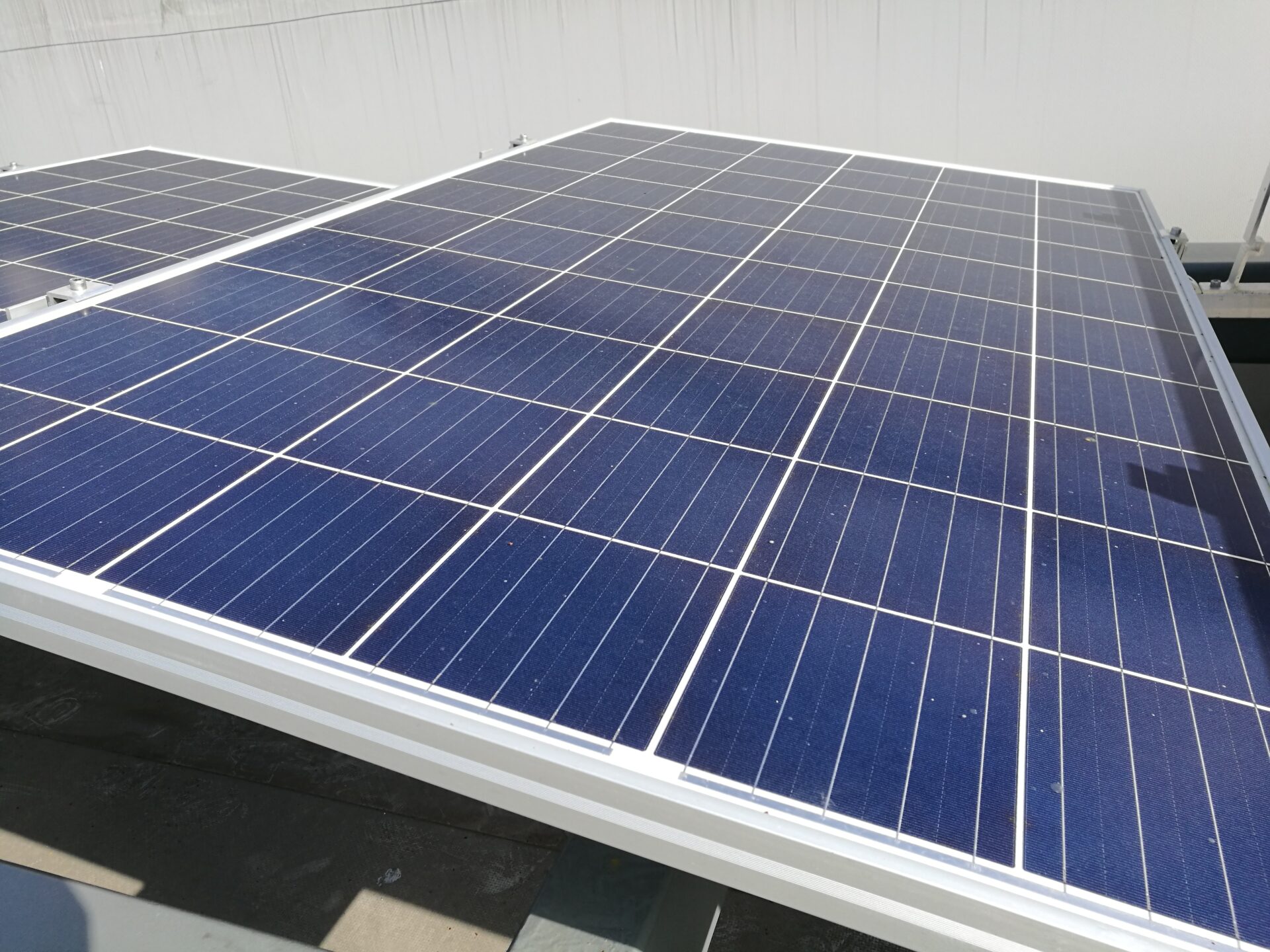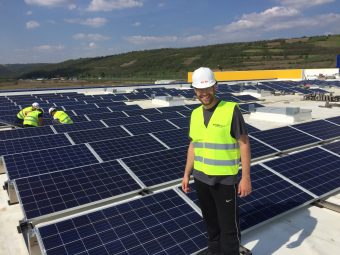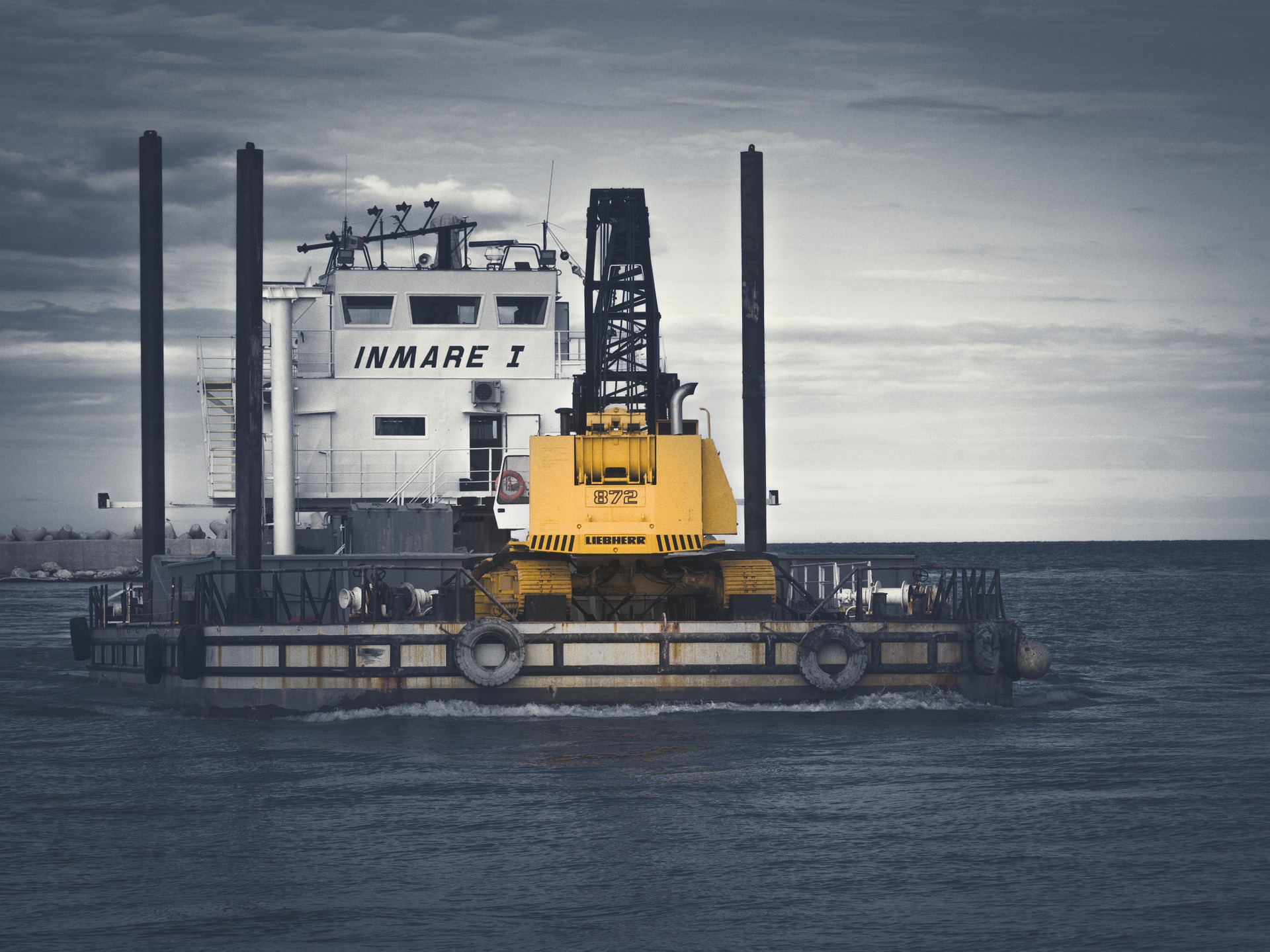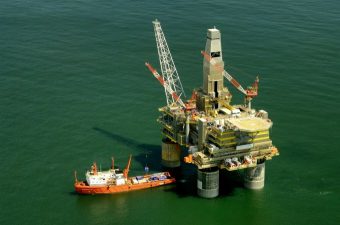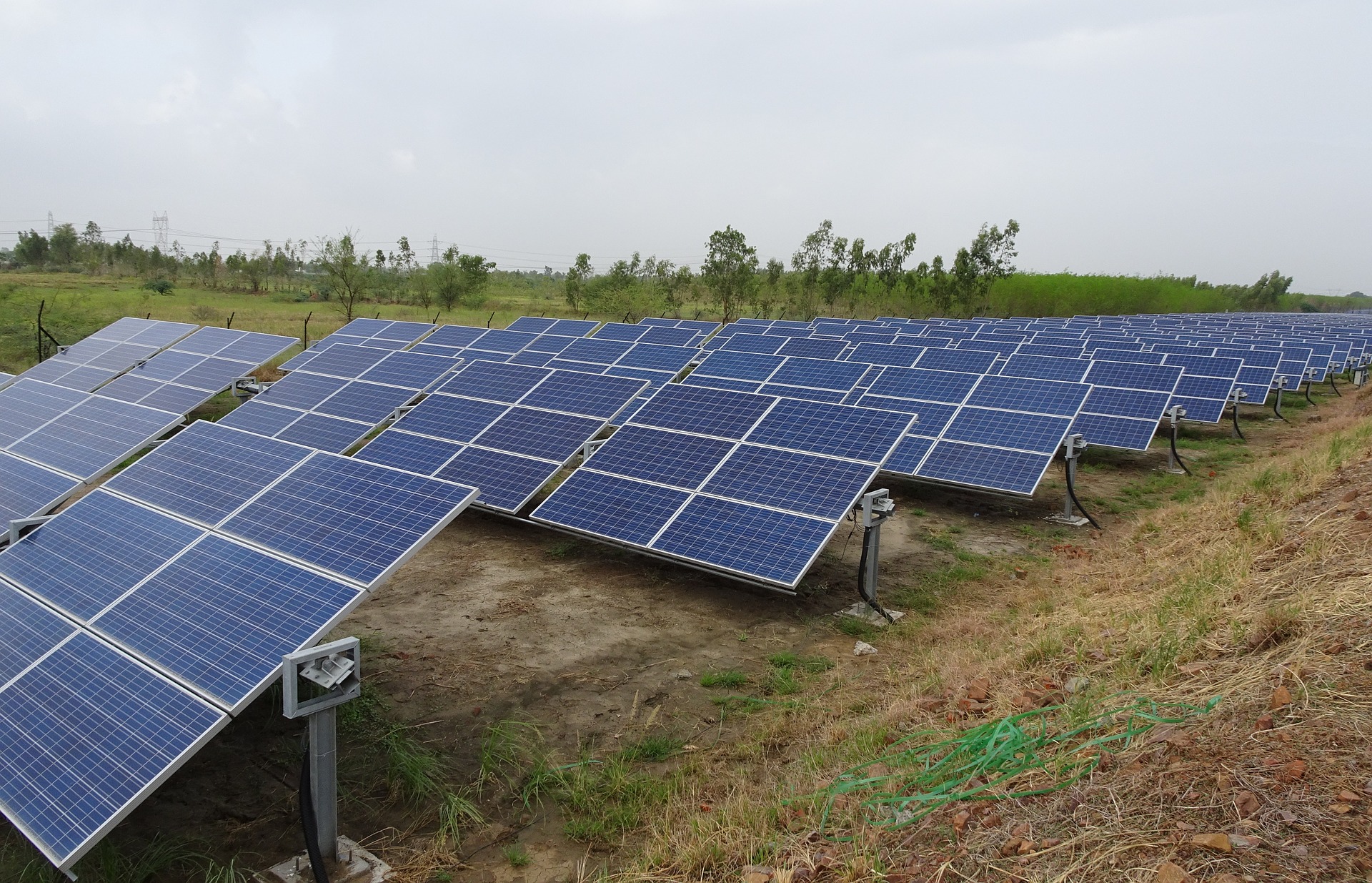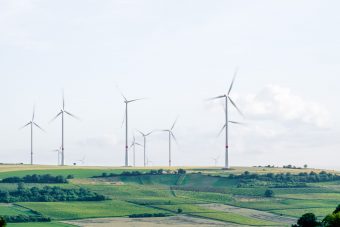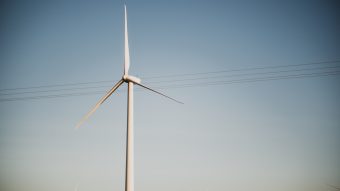
The circular economy is a system which aims to get the most out of materials, keep products and materials in use and design them to be cycled back into the economy, eliminating waste. It is also a vital pillar of the energy transition.
Over 70 percent of the world’s GDP is now covered by a net-zero target, with many advanced economies aiming to decarbonize by 2050 and China committing to 2060.
Transforming our current economic system is both a daunting challenge and a massive opportunity – one like the world has never known.
Getting to net-zero by 2050 will mean accomplishing what seems unimaginable, like entirely phasing out the internal combustion engine or adding the equivalent of the world’s largest solar farm every single day.
To support and scale these efforts, speed will be of the essence – especially given last year’s climate report from the Intergovernmental Panel on Climate Change (IPCC) confirming that urgent action is needed to stop global temperatures from rising above 1.5°C and 2°C. To build out the energy infrastructure the world needs at speed and scale, circular economy will play a vital role in three main ways.
Recycling can conserve critical materials
The energy transition depends on a shift to renewable power, pivoting away from natural gas and petroleum, and towards solar, wind, hydrogen, geothermal power, or other zero emissions tech supported by batteries.
But transitioning to these technologies is triggering massive demand for the critical minerals required, such as lithium, cobalt and rare earths.
According to the International Energy Agency (IEA), getting to net zero by 2040 will require a six-fold increase in mineral input by 2040, some key metals, such a lithium, could see growth rates of over 40 times, with nickel and cobalt demand growing more than 20 fold. Demand is already soaring, the price of lithium in February 2021 hit an all-time high of USD 50,000 per tone up from USD 10,000 just one year ago.
Obtaining these materials exclusively via mining presents sustainability challenges. For instance, the process of mining neodymium, a rare earth metal used in many electric motors and generators including those in wind turbines, is highly polluting. The metal also appears in relatively small concentrations and is hard to capture, making its extraction more intensive compared to other minerals.
These materials also present potential challenges to energy security in Europe. The EU currently supplies only 1 percent of the raw materials needed for key technologies such as wind energy, lithium batteries, silicon photovoltaic assemblies, and fuel cells.
The circular economy can reduce the dependence on mining and ensure longer-term use of these materials if implemented at scale. Recycling could help recover metals from the almost 60 million tones of smartphones, laptops, hard drives and many other electronic devices. Currently only 1 percent of neodymium is ever recycled and other metals in electronics that are key to the transition (tantalum, lithium, cobalt and manganese) also face poor rates of recycling.
Some companies are moving ahead on this. Many of the initiatives to recycle these materials are based around IT equipment. The systems being applied to smartphone recycling today may be effective for wind turbines and other equipment tomorrow.
More:
Using low-carbon, circular materials
To get to net-zero, clean tech such as electric cars or energy transition equipment will need to be made from zero emissions materials, as well as not produce emissions when they are used. This will be a significant challenge. According to a World Economic Forum study, by 2040, when most vehicles are predicted to be electric, the materials used to produce them could account for 60 percent of their total lifetime emissions as opposed to 18 percent in 2020.
In fact, emissions generated by the production of all materials globally have more than doubled in the last 20 years. A recent UNEP study estimates this is from 5 billion tons of carbon dioxide equivalent in 1995, to over 11 billion tons in 2015, reaching approximately a fifth of all greenhouse gases emissions.
The circular economy can be a source of low carbon materials. For example, recycled aluminium emits up to 95 percent less carbon dioxide than that from virgin sources. Building energy transition infrastructure from secondary materials will help our transition to net-zero.
Designing circular systems
Creating a truly sustainable energy transition means factoring the circular economy in at the design stage.
We need to install massive amounts of renewable energy over the coming decades. However, by the early 2030s, the first generation of solar will come offline, and by 2050 it’s predicted that we could be decommissioning 78 million tones of panels per year. In the same year, wind turbine blades could account for 43 million tones of waste.
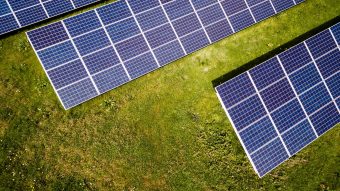
So now is the right time to think about how these products are designed for longer life, easy disassembly and recycling – and how we create and operate the systems to deal with the waste. With the right planning and attention, the panels coming offline in 2030 can become the new panels installed in 2031.
Companies have started to put this into action. For example, Siemens Gamesa recently announced the world’s first fully recyclable wind turbine blade. The resin used in blades allow for an easy separation of different materials at the end of the blade’s working life, allowing the component materials to be recycled. Chinese electric vehicle maker BYD also claims that its simpler battery chemistry and large cell size allows for easier recycling.
Another critical part of circular design is life extension. We should make durable products designed to be repurposed for other uses. Used car batteries which can no longer hold sufficient charge for the range needed in a motor vehicle still hold a residual capacity of 60-80 percent and can be effectively used in other applications that require lower performance, such as stationary energy storage to support the grid.
This is already happening, albeit not at full scale. The stadium of Dutch football club Ajax used second hand Nissan leaf batteries to create a storage unit equivalent to the power used by 7,000 homes in one hour. This allows the club to store energy on sunny days that powers the stadium in evening games, as well as supporting the local grid.
Circular design can create valuable economic opportunities. The Global Battery Alliance predicts that the market for second use batteries could grow to USD 4 billion by 2030, provided that standardization and better, more flexible energy management systems can be introduced.
The time to act is now
The energy transition is finally gathering pace. And at its core is a move away from burning fossil fuels to a system which uses a much broader range of raw materials to fulfil our energy needs.
Circular economy has to be baked into the energy transition by design to ensure the world has a sustainable supply of raw materials. This will take concerted action from companies and regulators.
Companies which use critical materials in their products need to get ahead of the issue. They need a circular economy strategy, to prioritize key materials and set targets and measurable KPIs. They need to think about a product’s end of life at the start of its life. And think about the role they can play in extending the product’s life or building a reverse supply chain to bring the product back.
Companies which mine critical materials have an opportunity to move beyond being an extraction company towards being a provider of materials and material services. This could include experimenting with leasing models (where the company continues to own materials in products) or investing in recycling capabilities.
Governments must recognize critical materials as a key pillar of energy security over the coming decades. They should put in place national plans and assess and mitigate economic risks, and build giga recycling plants alongside giga battery factories. Smart regulations, which encourage product take back, recycling and reverse supply chains could have a major impact and can be tested today on our old electronics.
Investors can scope opportunities to invest in new recycling capacity as well as offering financial products to their clients which enable new business models such as product as a service or leasing (where companies take back products and materials at end of life). Venture capital needs to seek out some of the most promising start-ups who are working on the tough technical problems in the recycling value chain.
As we enter a critical execution phase of limiting climate change the time to act is now for all industries and stakeholders. Designing the circular economy into the energy transition will allow us to move faster and more sustainably in getting to net-zero.
Source: World Economic Forum


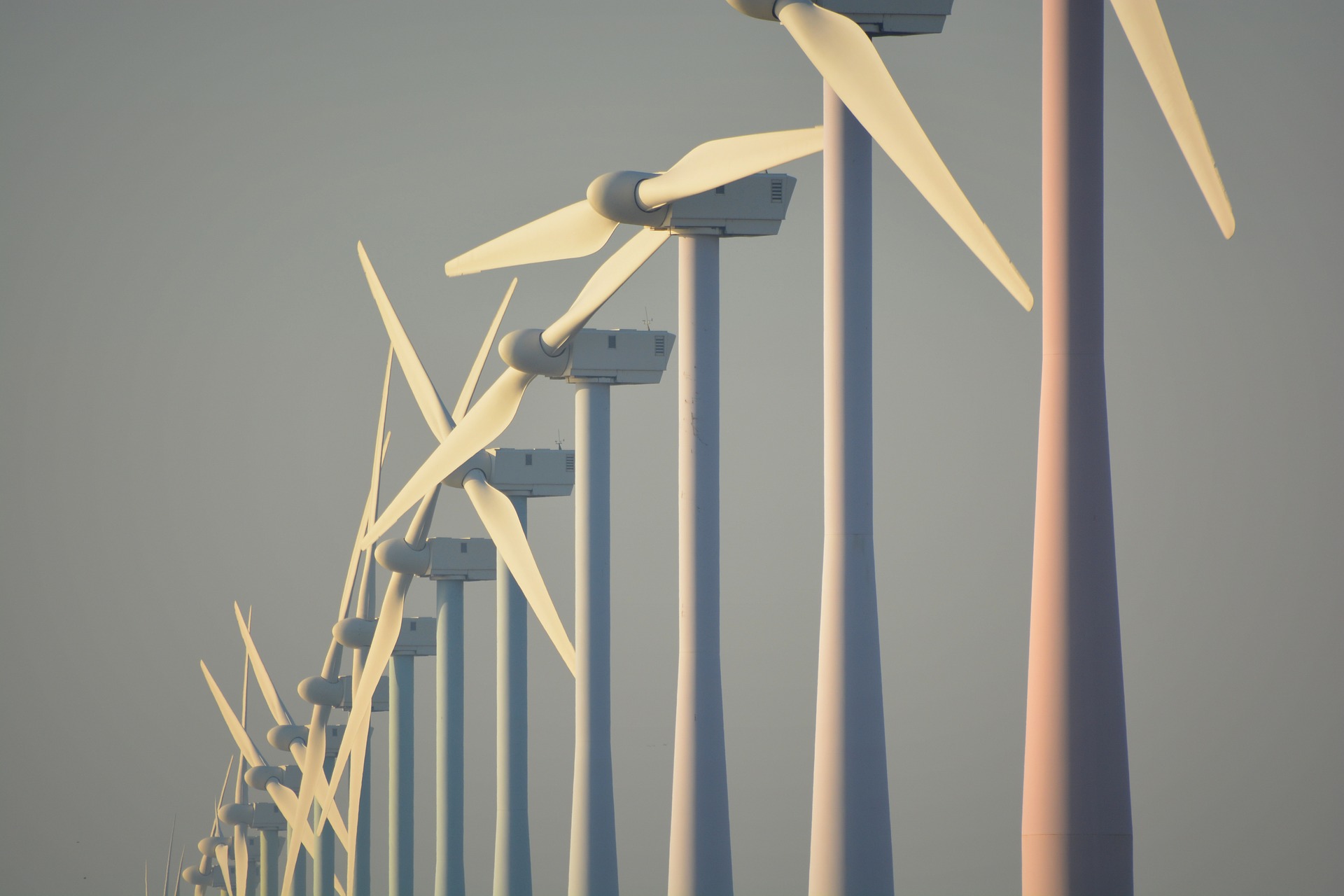
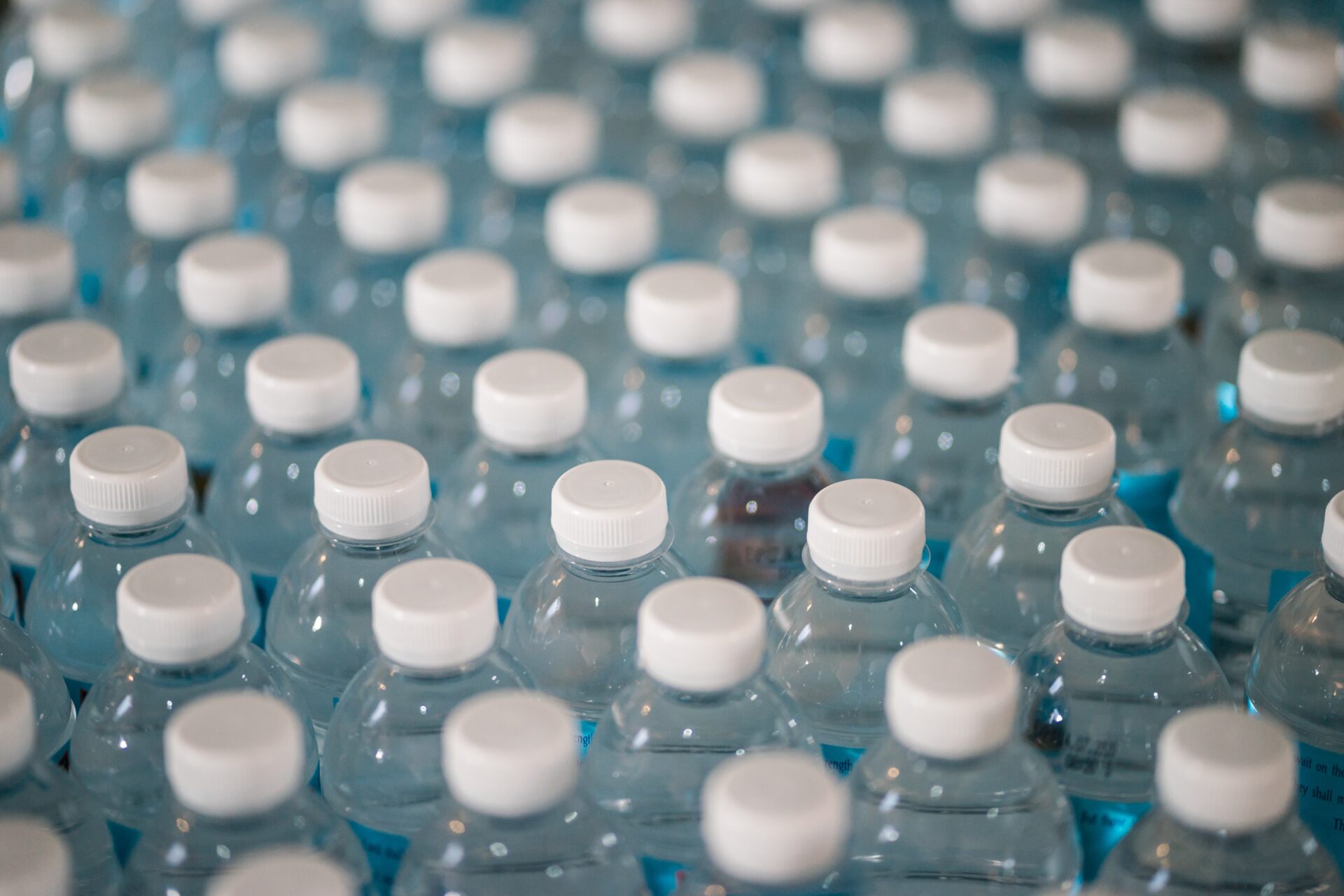
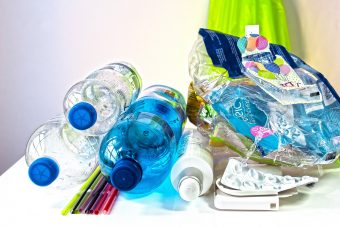
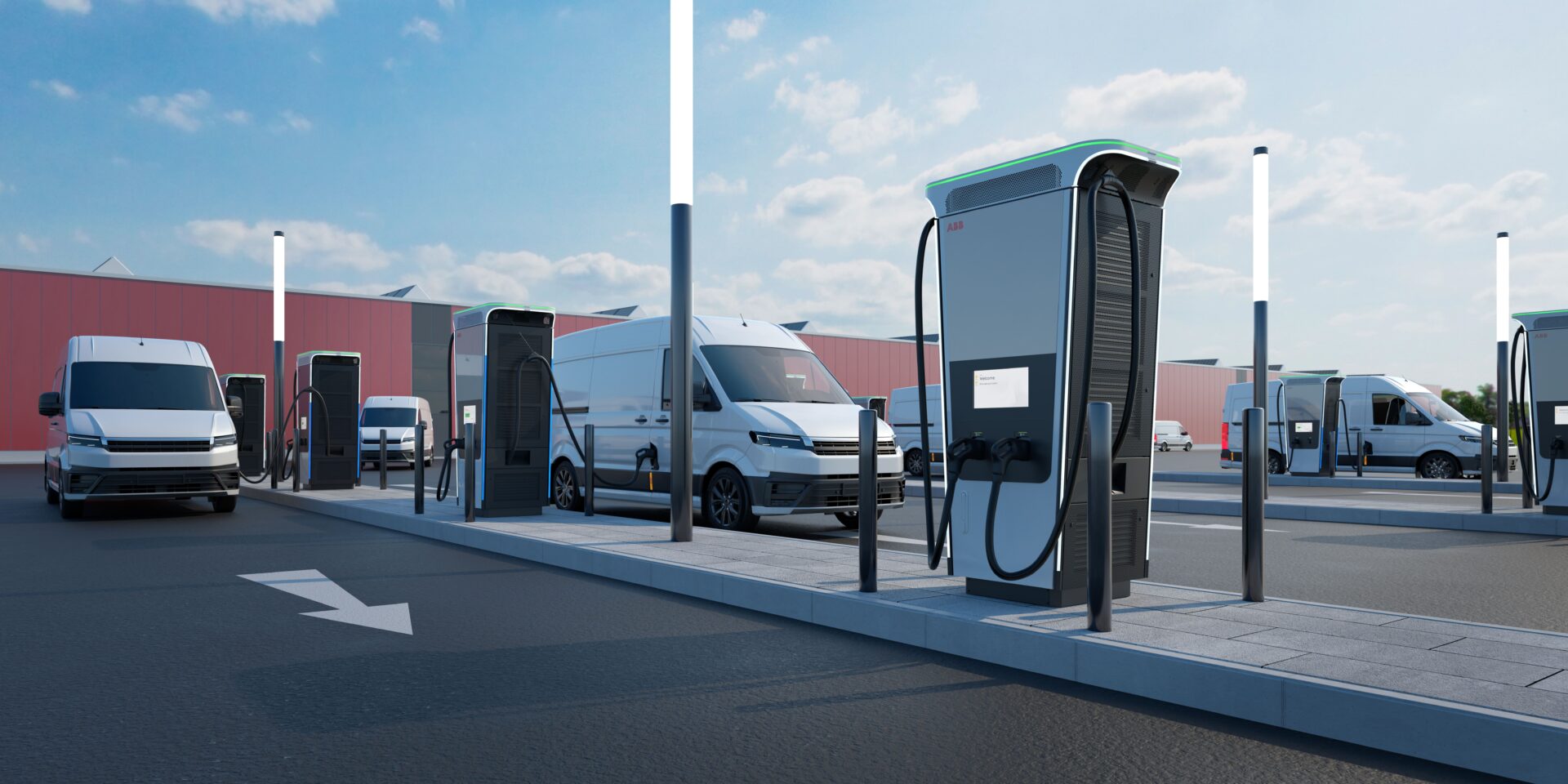
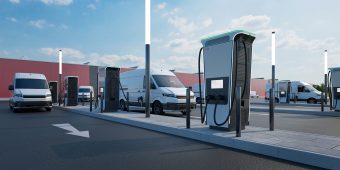
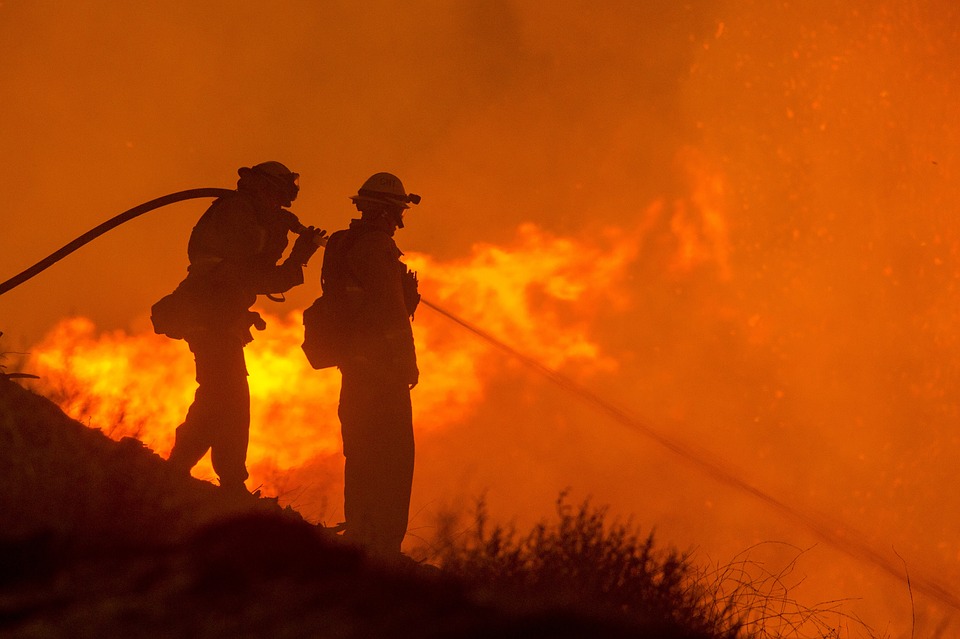

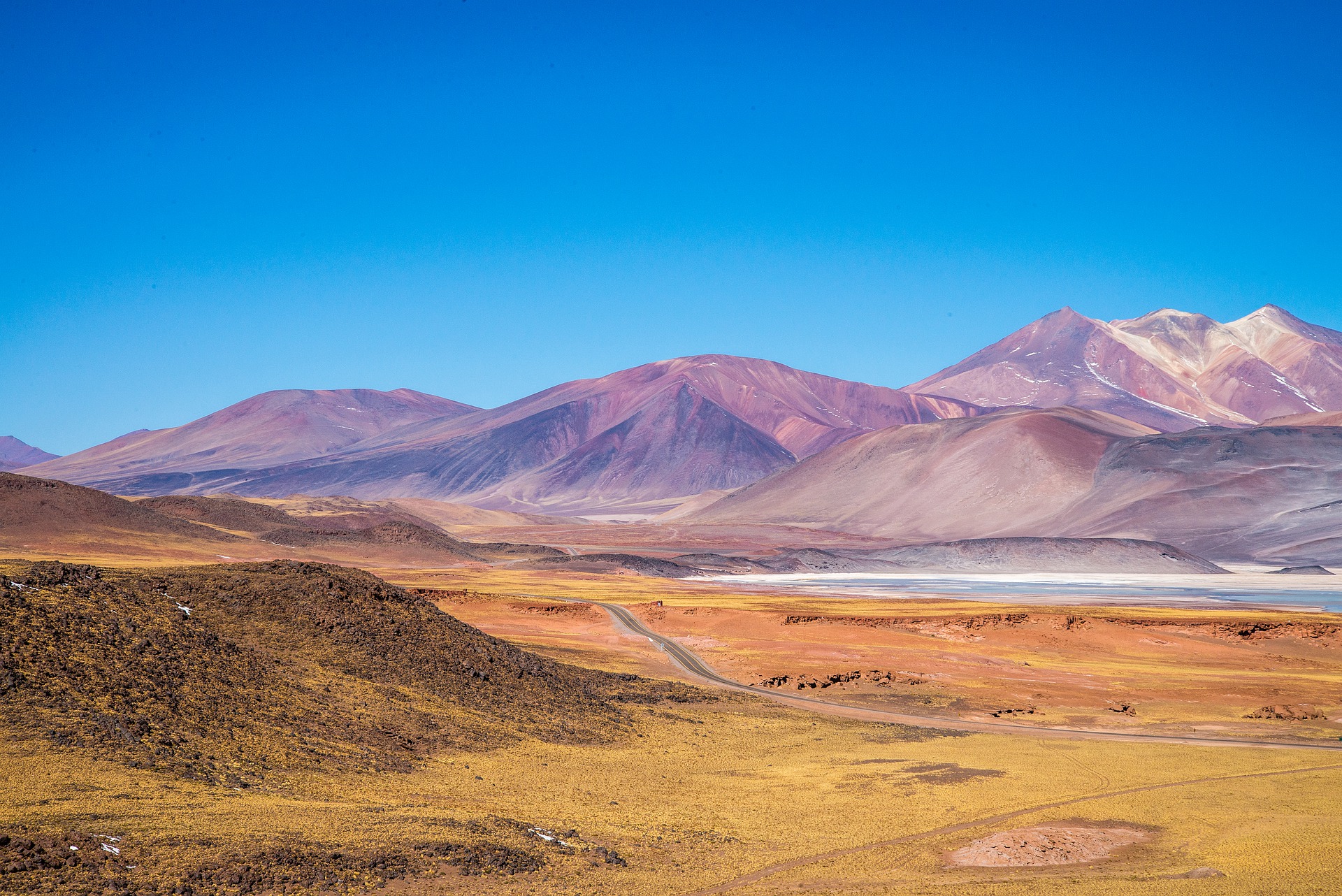

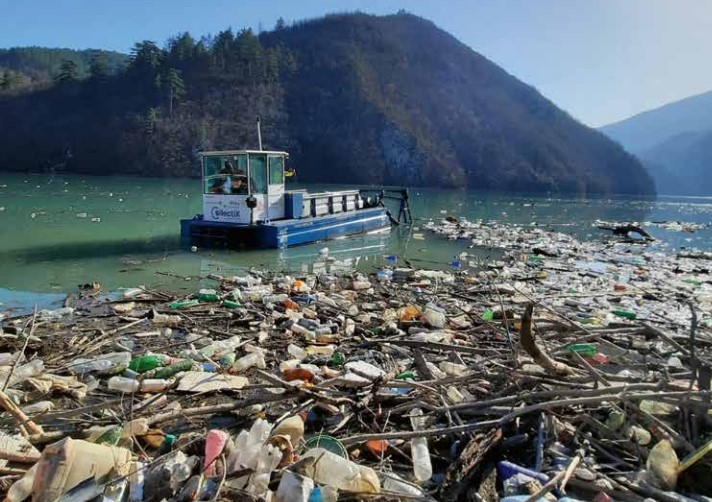
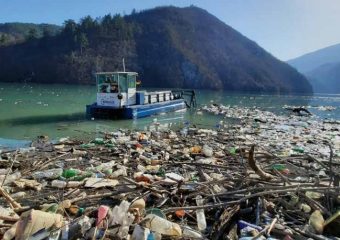
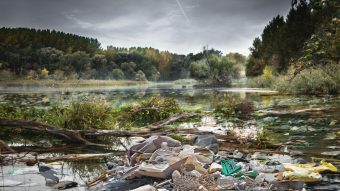
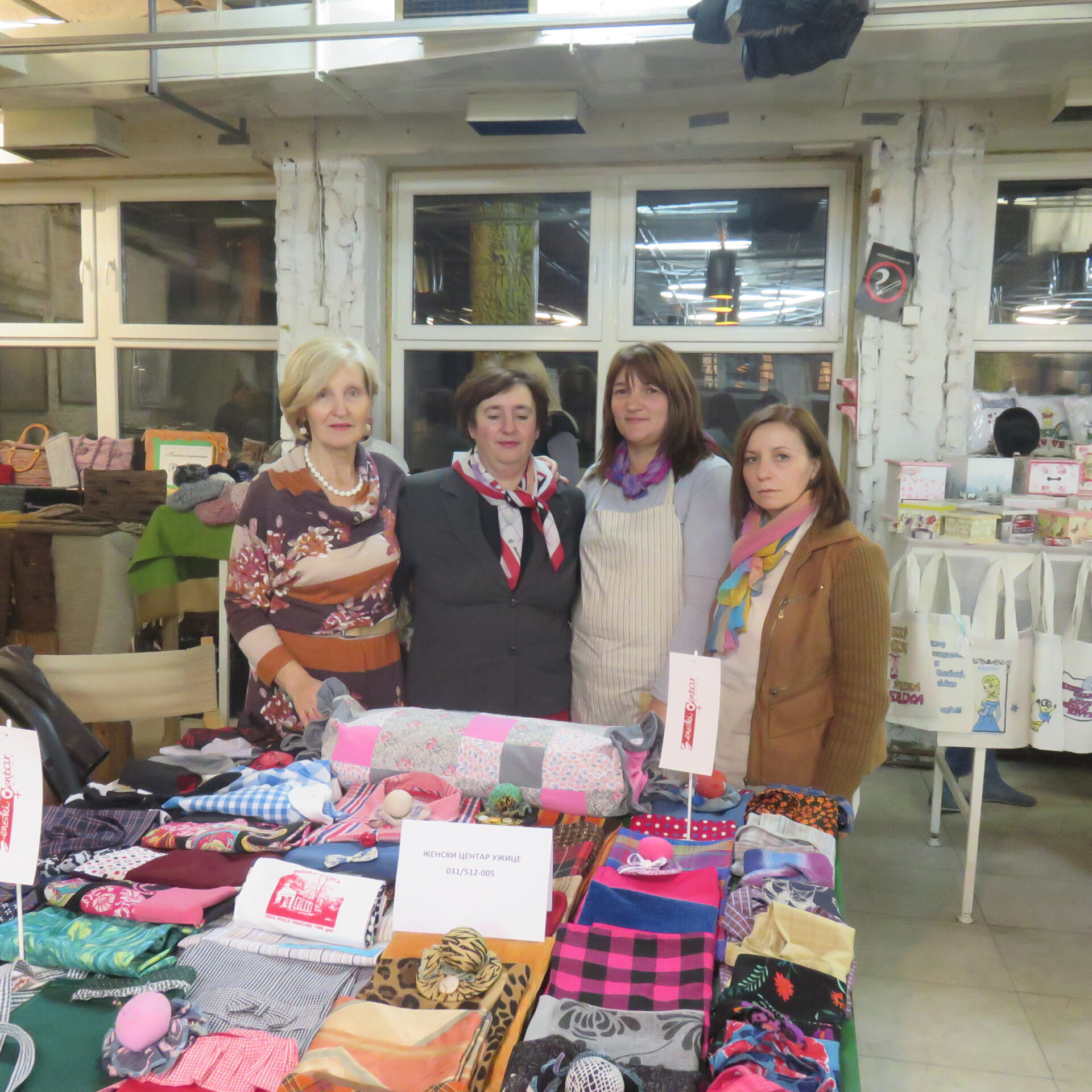
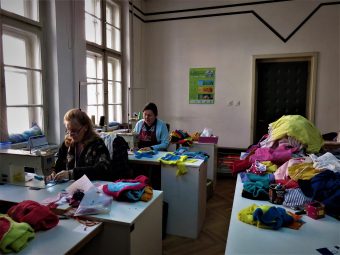



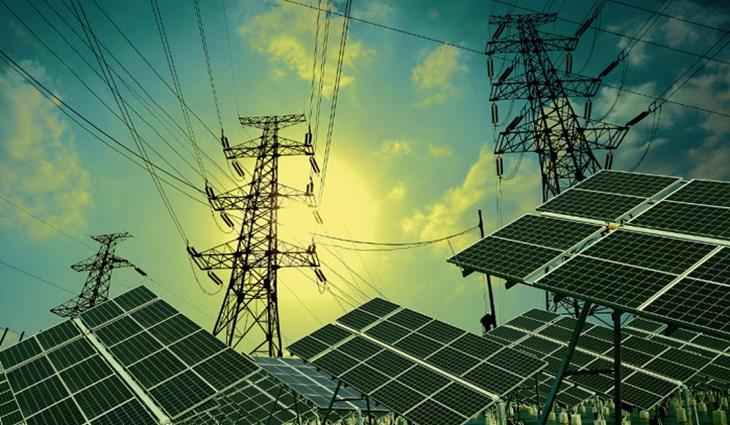
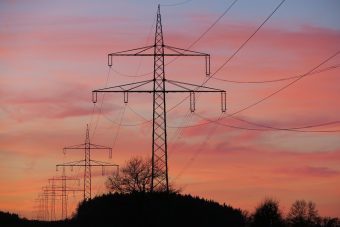
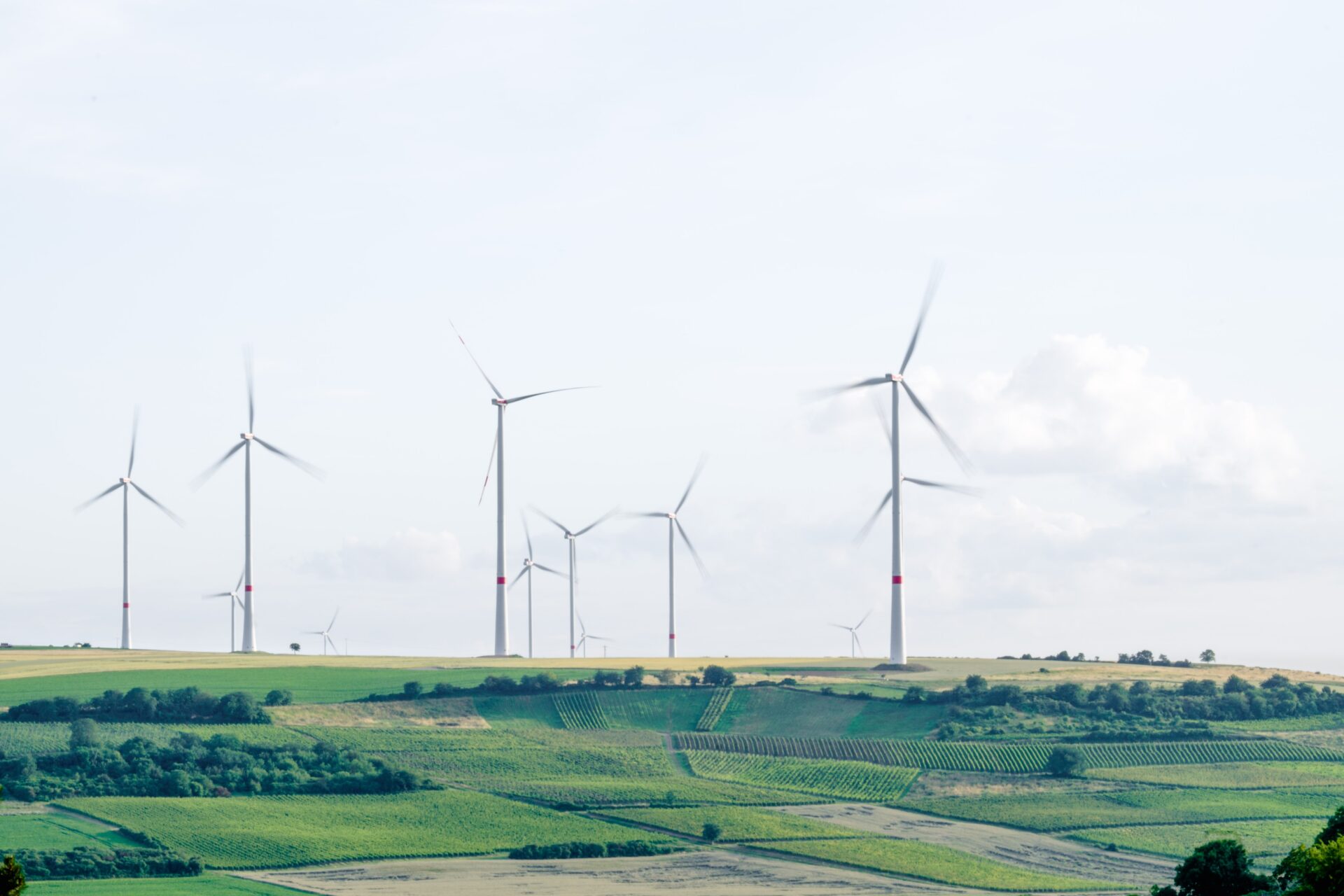


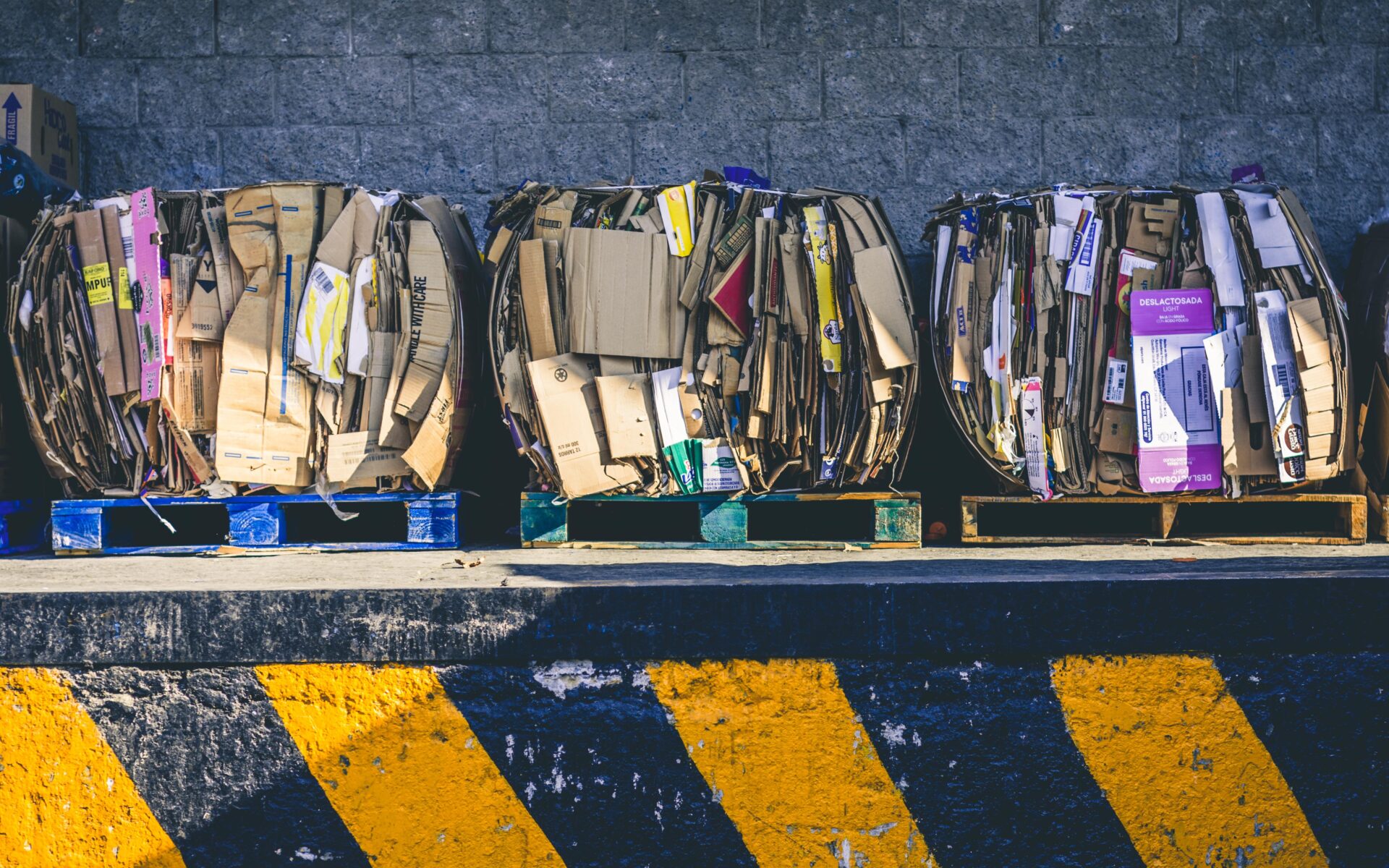
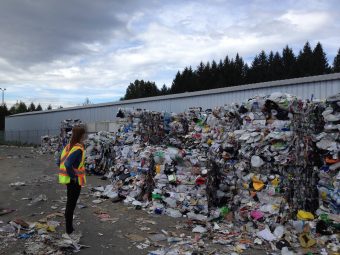
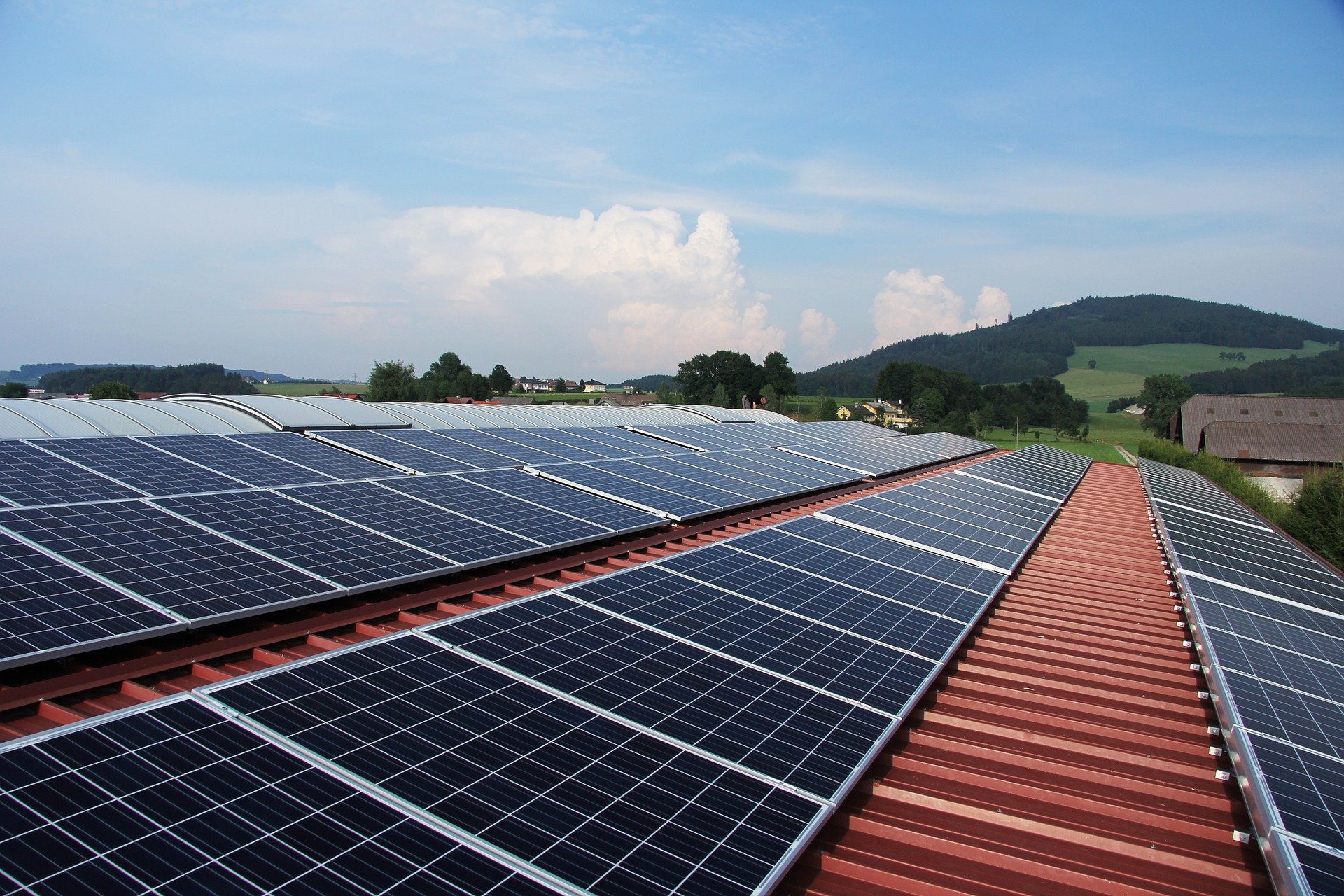
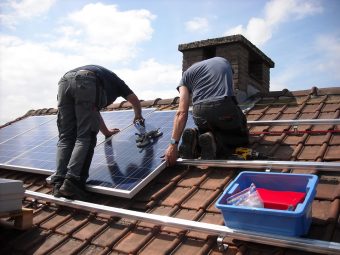
 Since it is necessary to allocate considerable funds for such works, many are faced with the fact that they need a financial boost. Surrounded by a plethora of offers, one should choose a bank that provides a complete high-quality service to both natural persons and small and medium enterprises.
Since it is necessary to allocate considerable funds for such works, many are faced with the fact that they need a financial boost. Surrounded by a plethora of offers, one should choose a bank that provides a complete high-quality service to both natural persons and small and medium enterprises.